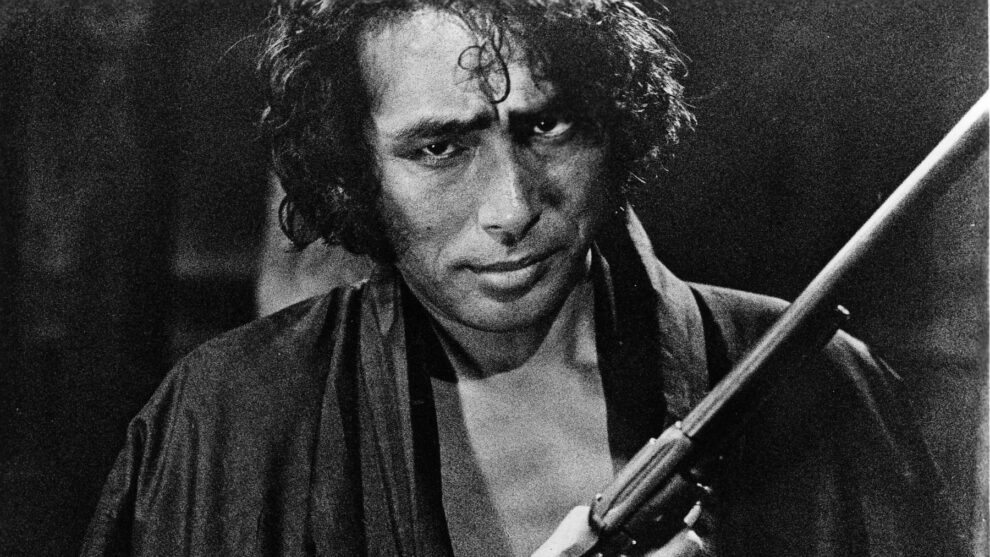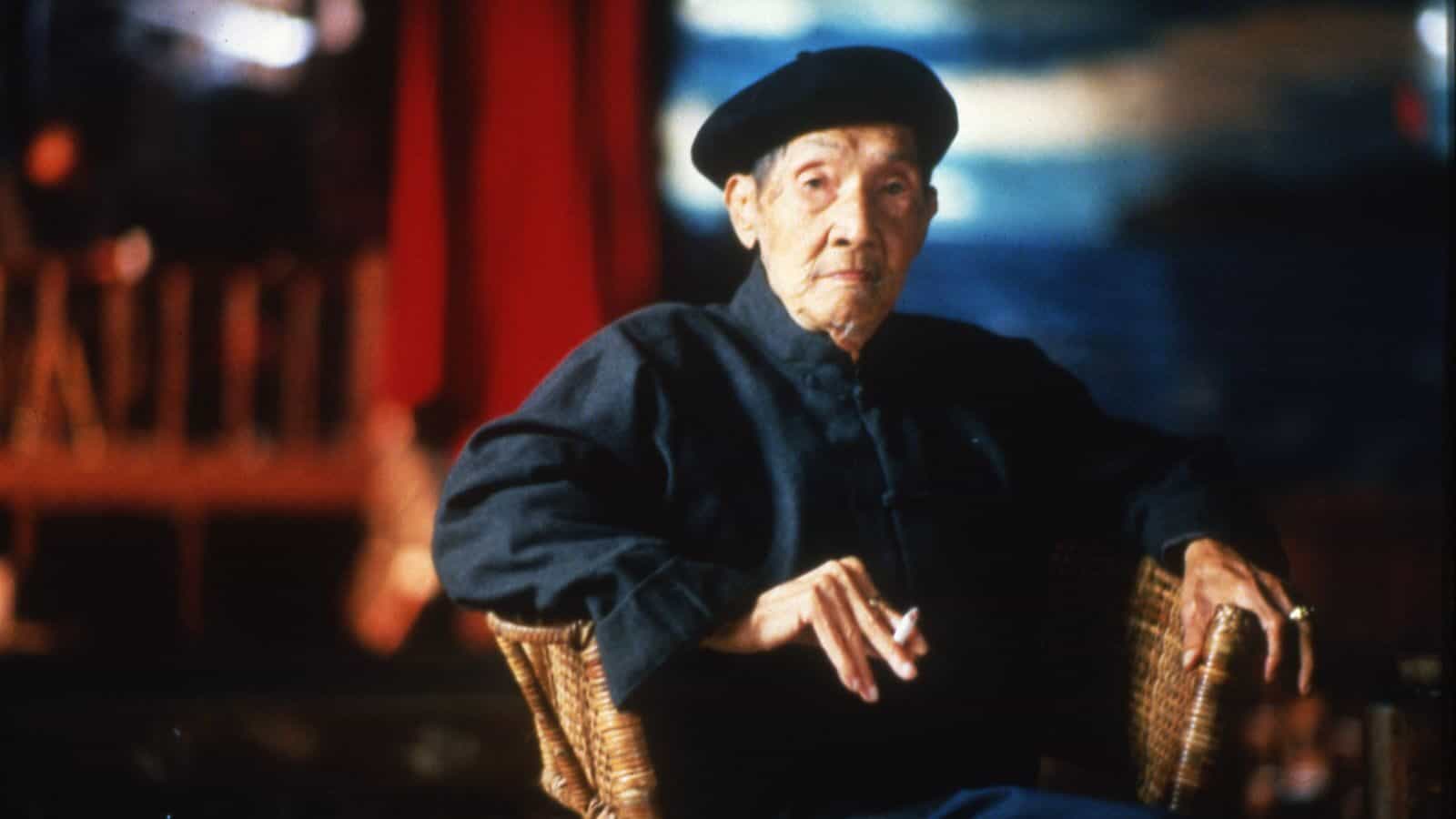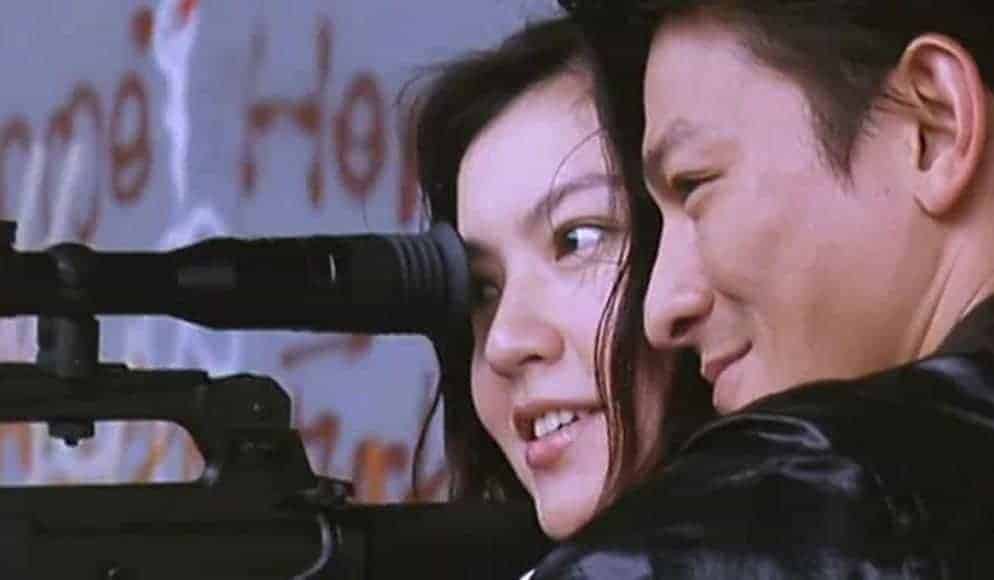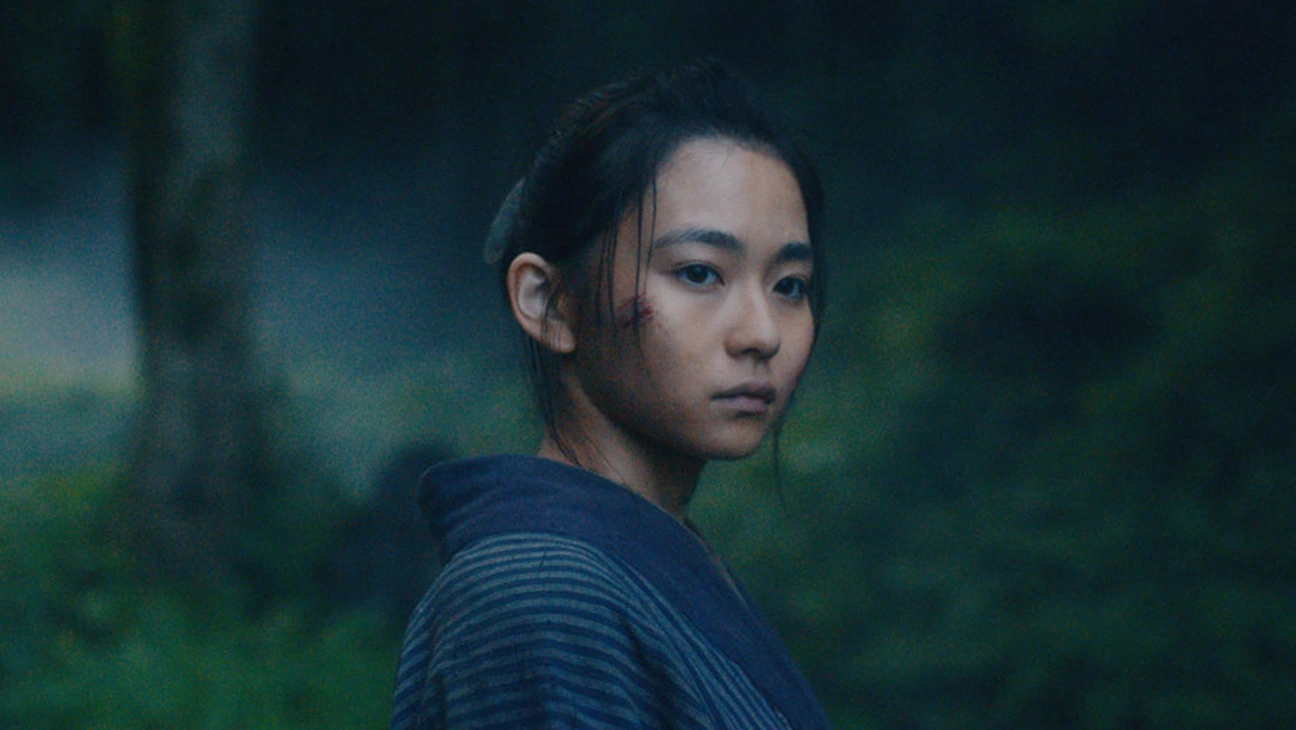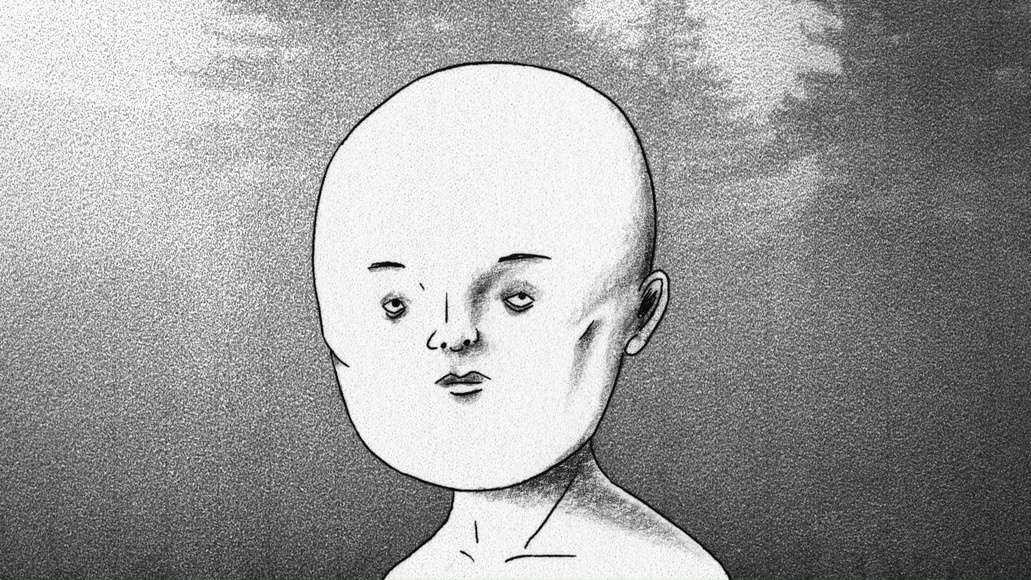Considering the experimental, anti-genre, anti-normal paths a number of ATG productions followed, it is by no surprise that a film like “Assassination of Ryoma” was produced under the company. Kazuo Kuroki has essentially come up with a film that seems to mock samurai films, historical films, and even samurai and history itself, while at the same time, making sociopolitical comments that echoed from the end of the Bakufu in 1867 until the 1970s. In order to do so, he decided to focus on Sakamoto Ryoma, a rather significant figure in the history of Japan, who, despite being a low-ranking samurai, became an active opponent of the Tokugawa Shogunate after the end of Japan's sakoku isolationist policy, advocated for democracy, Japanese nationalism, return of power to the Imperial Court, abolition of feudalism, and moderate modernization and industrialization of Japan, and successfully negotiated the Satcho Alliance between the powerful rival Choshu and Satsuma domains and united them against the Bakufu. Kuroki, however, deals with none of the above, instead choosing to deal with the last three days of his life, before his assassination, while presenting both him and the people around him, as normal human beings whose attitude frequently borders on buffoonish.
As the film begins, his practices and decisions have made him a fugitive, essentially from everyone. The Shinsengumi are on his heels, because he wants to overthrow the Shogunate. His former best friend, Shintaro, wants to kill him for betraying their Tosa clan and having ties with the Satsuma clan, who also want to kill him, because they believe he is a spy for the Shogun. The latter also send another samurai to kill him, Yuta, a hot-headed young man. Ryoma, however, seems to believe that he will escape death once more, and while hiding in a secret attic, his mind is on having sex with a neighbor, Cho, something he actually achieves a number of times, with the girl eventually falling in love with him, in a way. Meanwhile his enemies are either unable to find him or are quite afraid to do so, while, after a point, he and Shintaro start hanging together once more, although their animosity is still visible. In the meantime, the crowds in the street dance the eijanaika, while the opposing powers continue to fight with each other.
While he could easily shoot an epic about a truly significant persona of the Japanese history, Kuroki instead chose to shoot a fable that not only deconstructs, but essentially mocks the whole concept of the samurai, by presenting the majority of them as confused, sex-crazed, poor and irrelevant buffoons, who seem to be driven only by a misguided sense of duty to something they do not even know what it is. As such, the movie is filled with humoristic episodes and much sex, while the various action scenes seem to take place in a space and time that does not concern the protagonists in particular.
Check also this video
The way Ryoma gets “friendly” with Shintaro once more, who is repeatedly portrayed as a man who is actually afraid to fight his friend, running away each time the opportunity arises is indicative, but the approach does not stop here. A Shinsengumi who is also an embezzler is turned down by a prostitute for not having any money, a samurai gets raped by his wife, and another commits seppuku but no one seems to care about it. Ryoma himself seems rather confused by the times, with the fact he wants to exchange his sword for a gun but repeatedly fails to get the latter to work, is indicative of his presentation, as much as his will to have sex with the neighbor.
Also of note are the continuous discussions about politics, particularly regarding the restoration of the Emperor. The scene where Shintaro has a comrade talking to him about how the change of the system can lead to something that no one is sure if it will work, as much as the risk of the transitional period, is indicative of the political commentary here. Furthermore, the many instances of in-fighting presented in the movie seem like a metaphor for the way the student protests of 1968-69 progressed, with the same applying to the aforementioned discussion.
Apart from context, the film is quite impressive technically. Masaki Tamura shot it in high contrast monochrome, often with hand held cameras, which give the movie a truly fitting guerilla sense, essentially as far away from any beautification as possible. The presentation of the era, in terms of costumes and settings is also quite good, while the action scenes, either the duels or the ones involving more people are well choreographed and shot, adding to the entertainment the movie offers through their occasional brutality. The erotic scenes are shot with a mix of comedy and grittiness, once more in a style that would definitely raise some eyebrows today. Hiroshi Asai's editing results in a fitting, relatively fast pace, while his cuts are also part of the deadpan humor that appears throughout the movie.
The acting is also on a very high level. Yoshio Harada as Ryoma gives an impressive performance, highlighting his character's coolness, attractiveness, fighting abilities, sex-craze and confusion with equal artistry. Rie Nakagawa as Cho is convincing both in her cruelty and her vulnerability, while Yusaku Matsuda as Yura plays the angry young man with gusto. The one who definitely steals the show, though, is Renji Ishibashi as Shintaro, presenting a truly multi-leveled character who struggles between his capacity as a samurai and who he truly is as a person, in a way that makes him a true caricature.
“The Assassination of Ryoma” is an excellent film, one that is “blasphemous” in a way that ends up being humorous, and a great combination of sword-play and political allegory, in another testament to the quality of ATG productions.


